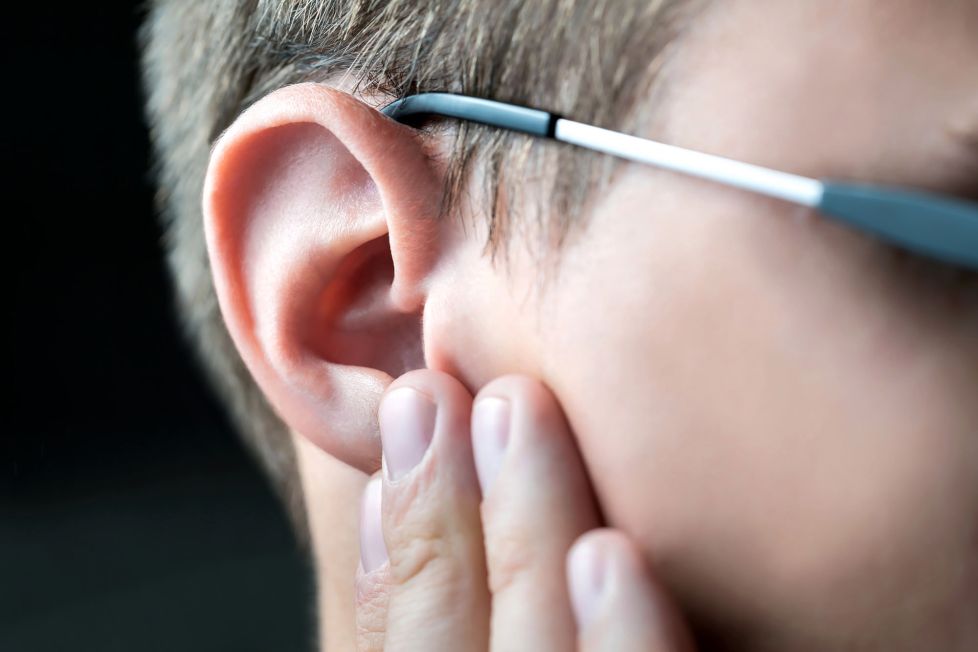
Facts about Your Ear Wax
Earwax is Not Disgusting at All
In reality, earwax is a requirement of a healthy ear canal. Your ear canal produces a waxy oil called cerumen, which is more commonly known as earwax. It is a product of two glands that are in the ear canal: sweat glands (known as “apocrine sweat glands”) and cerumen glands (known as “sebaceous glands”).
This wax protects the ear from dust, foreign particles, and microorganisms. Without earwax, ear canals would be dry and itchy. As a result, the ear canals would be more susceptible to scrapes and cuts from scratching.
When somebody mentions “earwax”, everybody might immediately feel disgusting! The fact is earwax actually plays an important role in the health of the human ear. There are few interesting facts about earwax and the part it plays in a healthy ear.
The Ear is Designed to Naturally Rid Itself of Earwax
In normal circumstances, excess wax finds its way out of the canal and into the ear opening naturally, and then is washed away. The skin cells in the ear canal are “migratory” skin cells.
New skin cells in the ear canal are formed near the eardrum and then tend to work their way outward over time, carrying earwax and debris with them. These are called “migratory cells” because they migrate their way from inside the ear canal to outside the ear canal.
Earwax Problems are Less Common Than You Think
Thanks to the migratory process of the ear canal, a true “earwax problem” is not as common as you might think. In fact, those who are most at risk for impacted earwax are older adults, hearing aid/earphone users, and those who use cotton swabs.
Rarely will a person who doesn’t fall into one of these categories experience ear canal blockage due to excess earwax.
Excessive Earwax Can be Mistaken for Permanent Hearing Loss
Hearing loss is often blamed on earwax alone, but the actual reasons can be due to various factors and problems with the middle and inner ear.
Thousands of people who think they are experiencing hearing loss due to wax build-up are seen annually by audiologists or hearing care professionals when the true problem is sensorineural hearing loss. As a matter of fact, hearing loss due to earwax is temporary and faster to manage.
If you have any inquiries or concerns about the health of your ear or your hearing, the best course of action is to consult ENT doctors, audiologist and hearing care professional. They can provide a correct diagnosis and solutions to your problem.
Signs and Symptoms of Earwax Buildup
The appearance or colour of earwax varies from light yellow to dark brown. Darker colours don’t necessarily indicate that there’s a blockage.
Dark brown or black coloured earwax is typically older, so its colour comes from the dirt and bacteria it has trapped. Adults tend to have darker, harder earwax. Dark brown earwax that is tinged with red may signal a bleeding injury.
Signs of earwax buildup that people are mostly experienced:
- Temporary sudden or partial hearing loss
- Tinnitus (ringing or buzzing in the ear)
- Ear fullness and earache
Earwax buildup that is not removed can lead to infection. Contact your physicians if you experience these symptoms of infection:
- severe pain in your ear canal
- drainage from your ear canal
- fever
- coughing
- persistent hearing loss
- an odour coming from your ear canal
- dizziness
The appearance or colour of earwax varies from light yellow to dark brown. Darker colours don’t necessarily indicate that there’s a blockage.
Dark brown or black coloured earwax is typically older, so its colour comes from the dirt and bacteria it has trapped. Adults tend to have darker, harder earwax. Dark brown earwax that is tinged with red may signal a bleeding injury.
Please take note that hearing loss, dizziness, and earaches also can be caused by many other factors. A full medical evaluation can help determine whether the problem is due to excess earwax or another health issue entirely.
Cotton swabs should NOT be used to clean your ear canal
Some people are prone to produce too much earwax. Still, excess wax doesn’t automatically lead to blockage. PLEASE DON’T USE COTTON SWABS FOR EARWAX REMOVAL! Using cotton swabs, bobby pins, or other objects in your ear canal can push the wax deeper, creating a blockage.
What you can do is wiping away wax in the outer 1/3 of the ear canal with a wet cloth or you can purchase over-the-counter drops made specifically for softening earwax.
The safest, effective way to remove the build-up earwax is to visit a physician or hearing healthcare professional who can see into your ear canal then determine the best way to remove the earwax if needed.
If you don't have a hearing care professional or audiologist you routinely see, call +603- 2260 6233 or check our hearing centres for free hearing screening and consultation.

 Find Us
Find Us